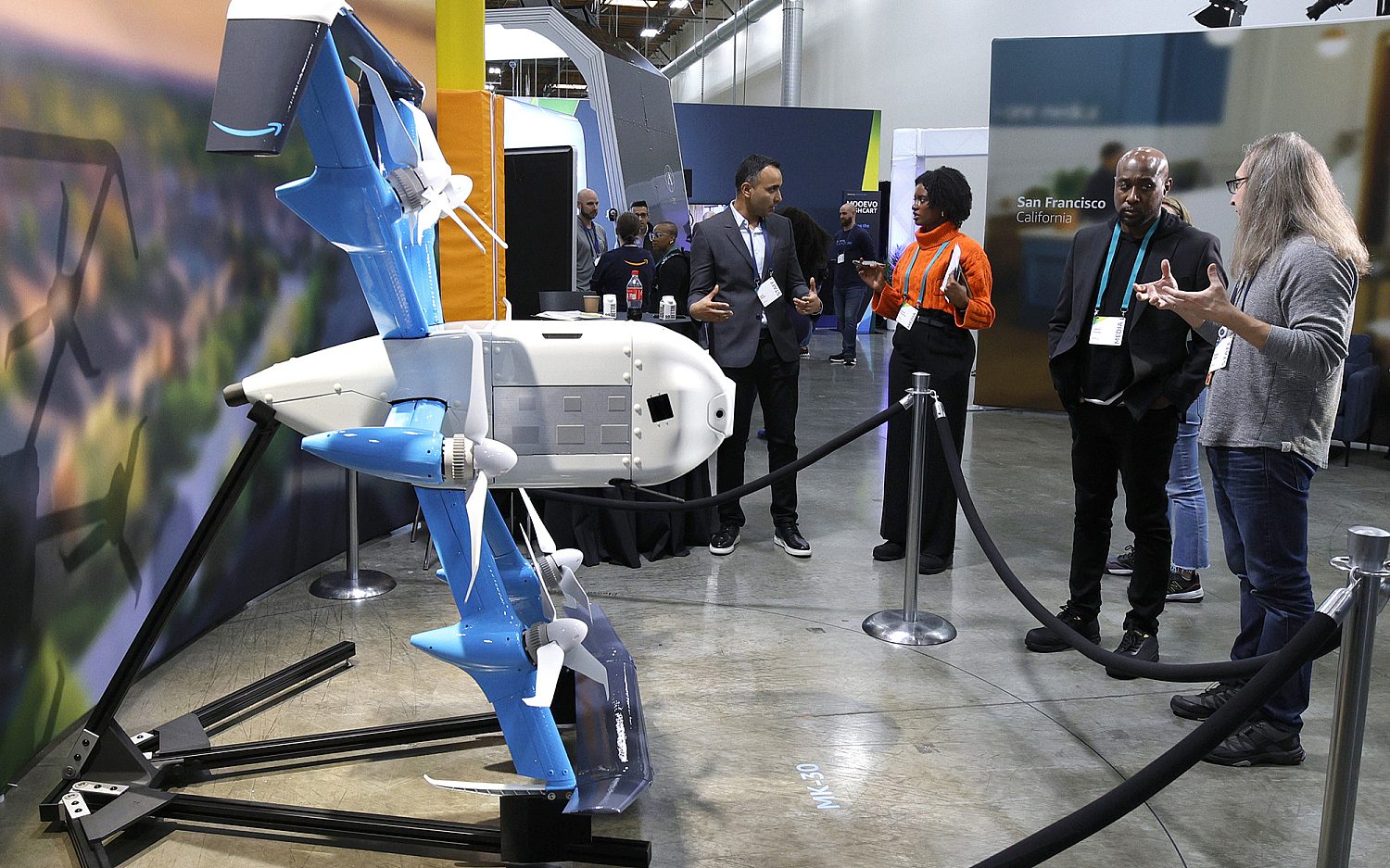Orion mission takes NASA one flight closer to Mars
The Orion spacecraft plummeted through the earth’s atmosphere at 2,000 mph, slowed to deploy red and white parachutes resembling giant peppermint swirl Christmas candies, and splashed into the Pacific Ocean at a gentle 20 mph, 600 miles from the San Diego coast on Friday.
In its short four-and-a-half-hour flight, Orion orbited Earth twice, reaching a maximum altitude of over 3,600 miles, 15 times higher than the International Space Station. It is the first space craft designed to carry humans that has left low-Earth orbit since the last moon landing of Apollo 17, more than four decades ago. Orion’s flight was unmanned this time, but NASA hails it as the first step toward transporting humans from our blue and green globe to deep space and the red dust of Martian soil. Space enthusiasts hope the historic event will breathe new life into a space exploration program that has been slowly waning since NASA’s glory days of manned missions.
“This is just the first of what will be a long line of exploration missions beyond low-Earth orbit, and in a few years we will be sending our astronauts to destinations humans have never experienced,” said Bill Hill, NASA’s deputy associate administrator for Exploration Systems Development. “It’s thrilling to be a part of the journey now, at the beginning.”
Friday’s mission was a test flight intended to put Orion through some of the riskiest events that will occur in future deep space manned missions, such as passing twice through the high radiation of the Van Allen belts and withstanding temperatures of 4,000 degrees Fahrenheit upon re-entry into Earth’s atmosphere. The flight tested many of the systems most critical to safety. It provided real-life data from Orion's systems, software, radiation protection, heat-shield, parachutes, and recovery gear that can be used to improve safety and design for future, manned deep-space flights.
“We really pushed Orion as much as we could to give us real data that we can use to improve Orion’s design going forward,” said Mark Geyer, the spacecraft’s program manager. “In the coming weeks and months, we’ll be taking a look at that invaluable information and applying lessons learned to the next Orion spacecraft already in production for the first mission atop the Space Launch System (SLS) rocket.”
The next spacecraft will be used for an unmanned mission around the moon. It will provide the first test of the SLS, currently under development, which will be the most powerful rocket ever built.
The first manned Orion mission planned by NASA will be to explore an asteroid.
NASA plans to launch a robotic spacecraft to capture and redirect an asteroid into a stable orbit around the moon by the end of this decade. Astronauts aboard the Orion spacecraft will explore the asteroid and return samples of it to earth in the mid-2020s.
NASA’s Asteroid Redirect Mission is one more step in preparation for putting humans on Mars. The moon’s deep space environment, which is similar to what Orion will encounter on a mission to the Red Planet, will test capabilities that can’t be tested on a low-Earth orbit—dealing with the more prevalent solar and cosmic radiation, for example. NASA hopes to launch a manned mission to Mars in the 2030s.
An actual newsletter worth subscribing to instead of just a collection of links. —Adam
Sign up to receive The Sift email newsletter each weekday morning for the latest headlines from WORLD’s breaking news team.





Please wait while we load the latest comments...
Comments
Please register, subscribe, or log in to comment on this article.